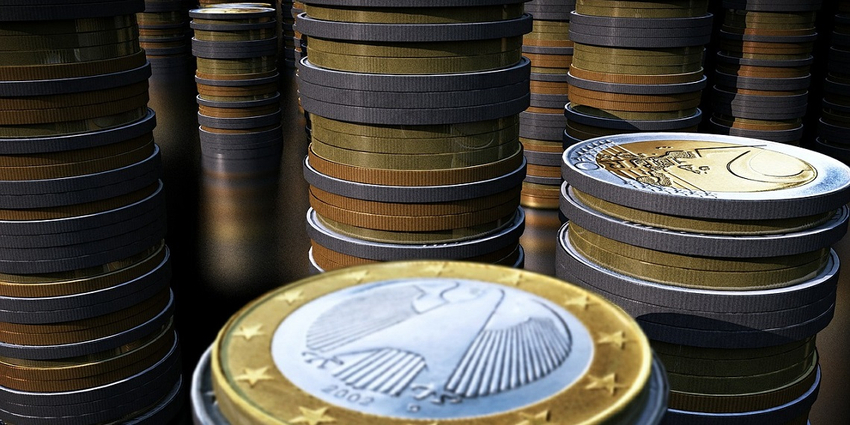Technological advances have not only changed the way we pay. With cryptocurrencies, new means of payment have also emerged. Central banks now face the challenge of assessing a safe and stable alternative to private sector cryptocurrency issuance initiatives.
On 2 June, practitioners and academic experts discussed these developments at the first SAFE Fintech Policy Lecture, which was moderated by law professor Katja Langenbucher. The event, which was part of a series hosted by the SAFE Policy Center's LawLab - FinTech & AI that is led by Langenbucher, showcased the difficulties of launching and regulating a European central bank digital currency (CBDC).
In the aftermath of the financial crisis, crypto assets have emerged as an alternative means of payment in financial markets. Cryptocurrencies, particularly Bitcoin, marked the beginning. Subsequently, so-called stable coins emerged, which are pegged to currencies or other assets such as gold and therefore considered more stable, as Marco Dell' Erba, Assistant Professor of Corporate & Financial Law at the University of Zurich, describing the path of disruption. At the same time, he emphasized: “The perfect cryptocurrency does not exist yet.” A digital central bank currency would constitute the "final step of disruption." According to him, it was these developments that ultimately prompted monetary supervisors to look at creating a common, digital currency. This kind of currency would have to be secure, universally accessible, and in a position to complement the existing monetary system.
The digital euro is to be more than just a means of payment
Alexander Merkel stressed that a European central bank currency needs a solid, democratic basis: “The decision to issue a digital euro has not yet been made”, said the Senior Payment Expert at the German Bundesbank. He is currently working on the Eurosystem's digital euro project, which is in its investigation phase. This phase is set to be ongoing until the end of 2023 and examines whether Europe is ready for a digital euro. Merkel went on to explain that it will be up to the results as to whether to enter a three-year implementation phase. Only then would it be possible to define all the technical and regulatory requirements of a digital currency.
A digital euro is expected to serve the same functions as traditional money: A means of payment that can be used for online shopping as well as in stores, serving as a store of value and facilitating transactions between private parties and governments. Merkel emphasized that every area in which the digital central bank currency will be used is being meticulously examined - a digital euro touches on many areas that need to be regulated.
As a means of payment, a digital euro would also have to comply with regulations such as the Anti-Money Laundering Act, the Bundesbank expert said. Additionally, data protection aspects will play an important role: From both a technical as well as a legal perspective, guidelines must be observed when it comes to, for instance, transaction data.
Displacement effects from the transformation process
Corinne Zellweger-Gutknecht, professor of law at the University of Zurich, underlined: “The monetary system is undergoing a process of change.” In her presentation, she discussed the differences between establishing the digital euro as a mere means of payment and establishing it as full-fledged money, and thus also with the function of a store of value. This would result in the displacement of the conventional euro. However, banks could run into trouble in a scenario of high demand, when 50 percent of bank deposits are exchanged into the digital euro: “96 percent of banks would have to rethink the structure of their balance sheets”, she forecasted. Because four percent of the banks hold 60 percent of the Eurosystem's excess reserves, a credit crunch could arise.
If the digital euro is designed as a means of payment, other problems are bound to emerge: “I doubt that the public will exchange half of their paper money into a digital means of payment”, Zellweger-Gutknecht said. In her view, a pure means of payment does not reflect confidence in the stability of the financial market. "Building a digital euro around the existing system is not an option."
Contact LawLab – Fintech & AI


